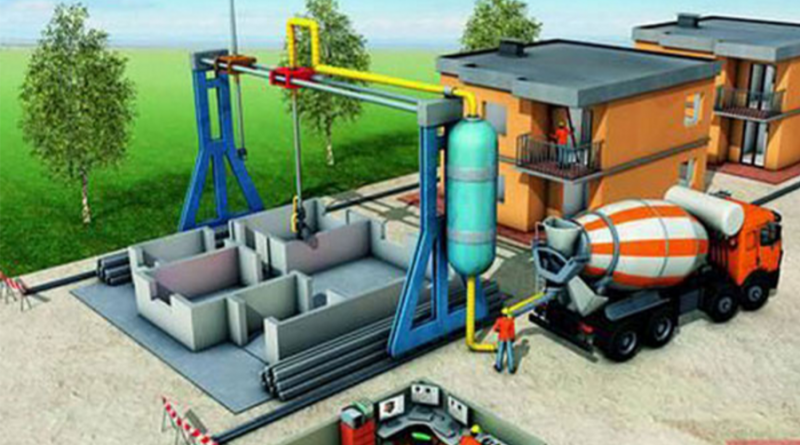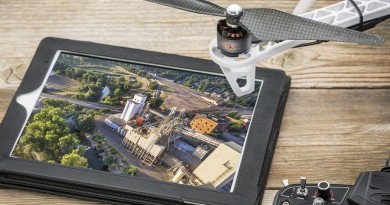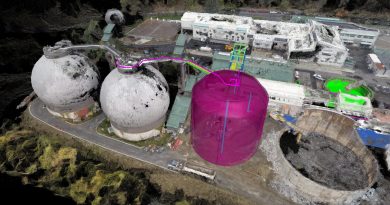3D concrete printing – the revolutionary shift of construction industry toward the future
In this article, we will tell you what has been going on in recent years in the Architecture and Construction Industry associated with 3D printing technology.
Back in time to the old days, 3D printing technologies were mostly adopted in architecture firms to study how a design looks from different perspectives, visualize light interactions, etc. However, the question that follow then are, is that technique possibly applied in constructing a house or a building rather than building just small sized models? How far will we go to apply 3D printing technologies in practice? According to the latest results by several projects that adopt 3D printing technique, we could say that the answer is “yes and pretty far”.
Dr. Behrokh Khoshnevis of University of Southern California, one of the leading pieces of this kind of technologies, developed a Contour Crafting system that uses a fast drying concrete mix. It works in a similar way to a desktop FDM 3D printer. It builds up layer after layer, potentially doing other works such as the plumbing, wiring and paintin and houses are able to be ready in more or less than 24 hours.

The computer is programmed to control 3D printer completely to build complex structural components, such as curved cladding panels, that cannot be done by conventional construction technique. Among important advantages like its capabilities of manufacturing complex shape, shorter project times, such system inherits one of the best characteristics of all 3D technologies: almost no wasted material. According to Chinese company Wusun, this method allows them to save up to 60% of the materials usually needed with traditional building methods and requires 80% less labor, leading to cheaper and more affordable house, at least when the technology fully matures and reaches widespread use.
However, it should be noted that currently none of these system can handle major parts of a construction process of a regular building such as electrical system, plumbing, door, windows, etc. All of them must be finished by manual labor in traditional method, hence the advantages of time and cost saving will be reduced. One the other hand, comprehensive studies on the stability of the structure of the 3D printed house should be seriously carried out to make sure the safety for people living in.
Although 3D printing is still in its early days in construction industry, it is too early to foretell anything about the potential benefits and the development of this technology. However, the idea of entire buildings being constructed in one day seems to be the future of construction sector. The 3D printing technologies could literally change people’s lives in a day.
By Minh Hiep







